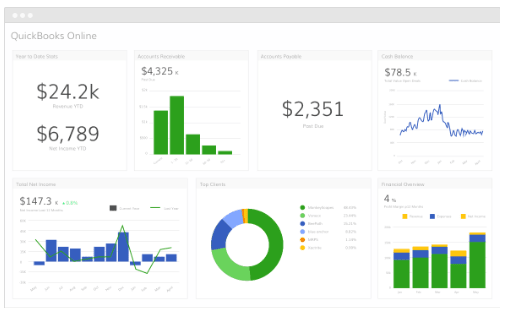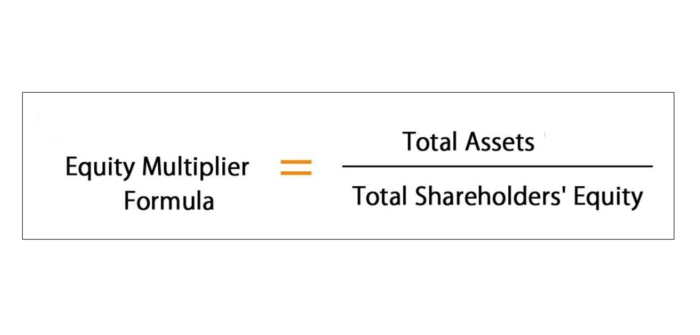
Direct materials used is a crucial component of cost of goods sold (COGS), a key metric for profitability analysis. Precise calculation ensures the accuracy of your financial statements, providing reliable information for investors, creditors, and management. Accurate COGS enables better planning, budgeting, and decision-making. The protective equipment a factory worker wears and the cleaning supplies used on machinery are still considered raw materials essential to production. However, customers usually don’t get to take home a factory worker’s glove with purchase. The excessive loss of direct material during production, or abnormal spoilage, will dramatically increase direct materials used.

Small business

Maybe you’re scratching your head over why some products seem to eat up more budget than others or why your numbers aren’t adding up Legal E-Billing at the end of the month. Building strong relationships with suppliers can help companies negotiate better prices and terms, mitigating the impact of price fluctuations. As materials are requisitioned from inventory, they are transferred to the work in progress (WIP) account. This transaction updates both the inventory balance and the WIP balance, ensuring the accuracy of both accounts. But when the relationship is approximately linear, the least-squares regression line is calculated.
Latest blog posts
It is a vital component of overall budgeting and plays a significant role in a business’s operational efficiency and profitability. Indirect materials are considered the catch-all, manufactured overhead account, which includes a host of fixed and variable production costs. While drudging, it’s easy to count your direct materials inventory at month-end. However, assigning a value to an inventory of identical products total manufacturing cost formula you purchased at fluctuating prices is nearly impossible. This formula embodies the concept of determining the actual quantity of materials that have been consumed during production.
Impact on Variable Costs

Effective management of this inventory affects everything from cost control to satisfying customers’ orders on time. Always monitor these numbers closely—they guide smart purchasing decisions and keep your manufacturing process tight and right on schedule. The most common ways of accounting for WIP manufacturers are LIFO and FIFO. FIFO is most natural as materials received first are used first in the production process.
- The coffee shop purchased another 100 pounds at $11 per pound on Feb. 15, with free shipping to boot.
- Thus the direct material cost is among the significant product cost components of the company.
- Businesses track direct material usage to estimate how much it costs to manufacture products.
- Direct materials are the raw materials, components, or parts that are directly involved in the production of a product or service.
- They are tied to how much you produce; the more you make, the more raw materials you need, pushing up these costs.
- They track every ounce of metal and every spool of thread to ensure efficient use and minimal waste.
How to Calculate Direct Materials Inventory
Calculating the cost of materials is a critical aspect of managing production costs and pricing products effectively. By considering all relevant factors—such as purchase price, shipping costs, taxes, storage costs, and labor—you can arrive at an accurate material cost. Consequently, this knowledge enables better budgeting, pricing, and cost control, which ultimately contributes to improved profitability and operational efficiency. In the case of company A ltd, all the expenses mentioned will be included in the direct material costs except the cost incurred for paying the wages to the employees. Wages paid will be considered while calculating the direct labor expense as they are related directly to manufacturing the company’s product.

LIFO reduces the tax, but only a few businesses want to sell or use the newest stock before the old inventory is over. Most physical products contra asset account have these key components as part of their makeup. It’s like putting together a giant puzzle — if one piece goes missing, the whole picture can look off.
It sheds light on what parts of production eat up most cash and may signal where savings can be found. An equation for calculating the cost of production using specified values for materials and labor costs is derived. The company defines the standard material quantity used for every job. In manufacturing, the unit cost is vital in calculating the final production cost as profit is directly affected.
- You mix these specific materials because they’re essential to create your final dish, or in this case, your product.
- These costs stand as a key expense in manufacturing and influence how much it costs to make each item.
- Keeping track of material spending helps companies find ways to spend less and be more efficient.
- However, assigning a value to an inventory of identical products you purchased at fluctuating prices is nearly impossible.
- For purposes of inventory calculation, the direct materials account includes the cost of materials used rather than materials purchased.
- Assume you sold a total of $50,000 in direct materials for the year in this example.
- This information is vital for determining the cost of goods sold and accurate financial statements.
The cost per unit is the sum of fixed costs and variable costs divided by units produced. This careful monitoring helps companies predict manufacturing costs better and control spending. For instance, if the price of cotton shoots up, clothing manufacturers need to know right away. These materials come with price tags that help decide how much making something will cost. They change if you make more or less of something, which is why we call them variable costs.

They track every ounce of metal and every spool of thread to ensure efficient use and minimal waste. Our blog post zooms into direct materials – what they are, why they matter so much, and how you can handle them without breaking a sweat (or the bank). We’ll unfold ways to calculate their costs with ease and create budgets that make sense. Therefore, the cost of direct materials used in production for January is ₹65,000.




